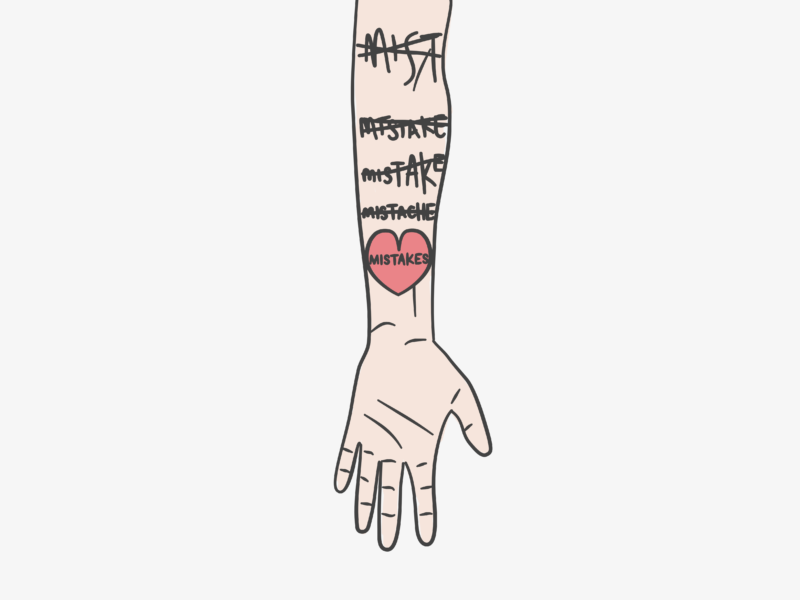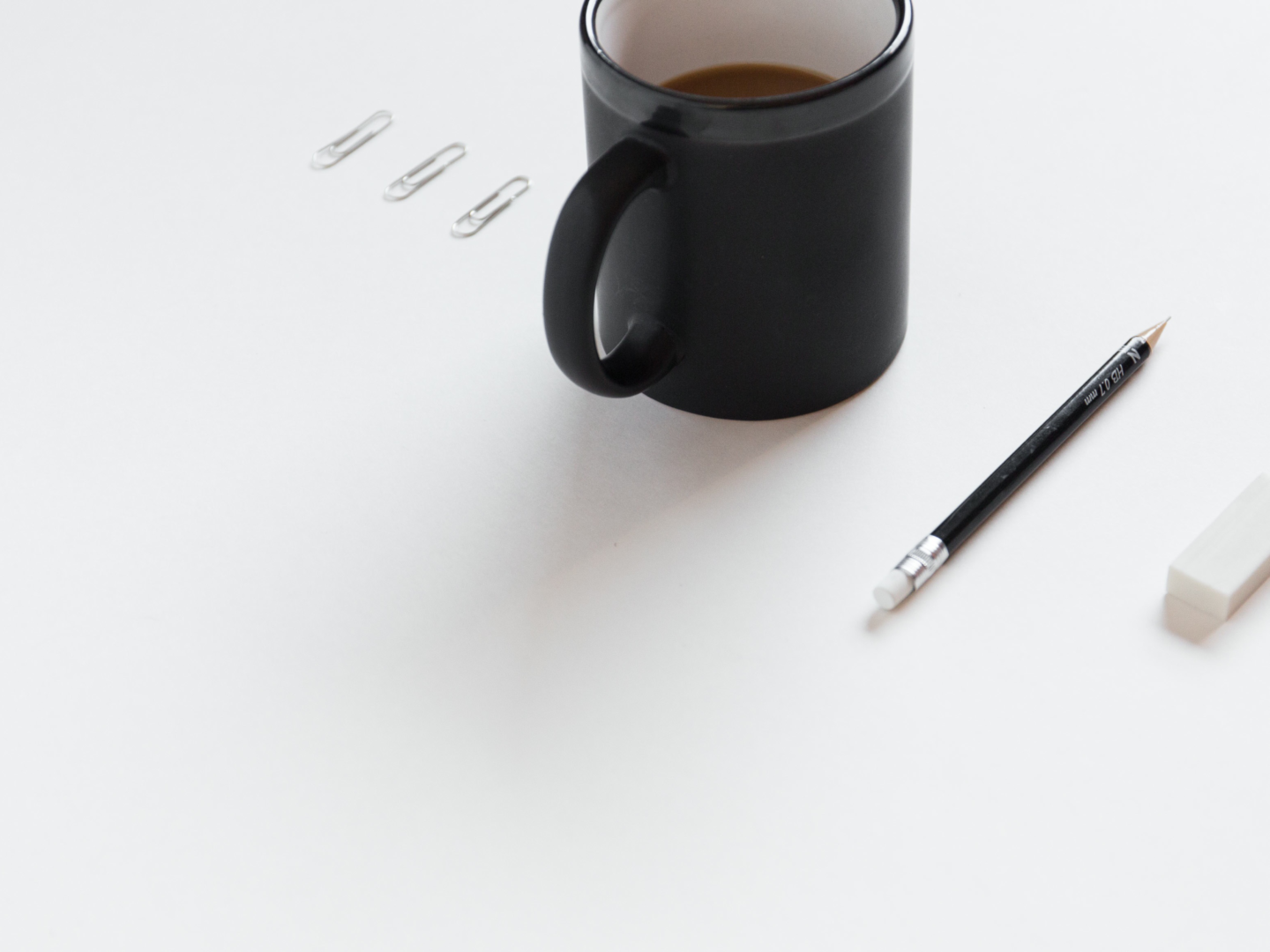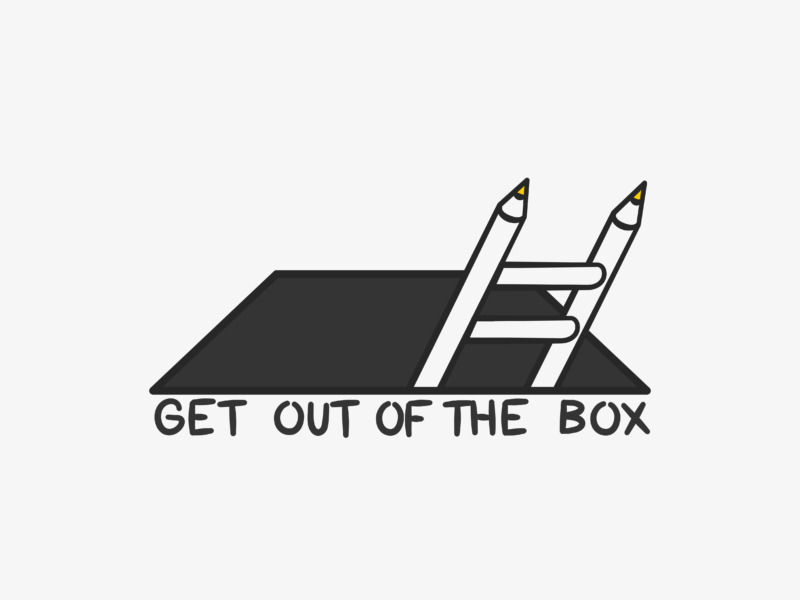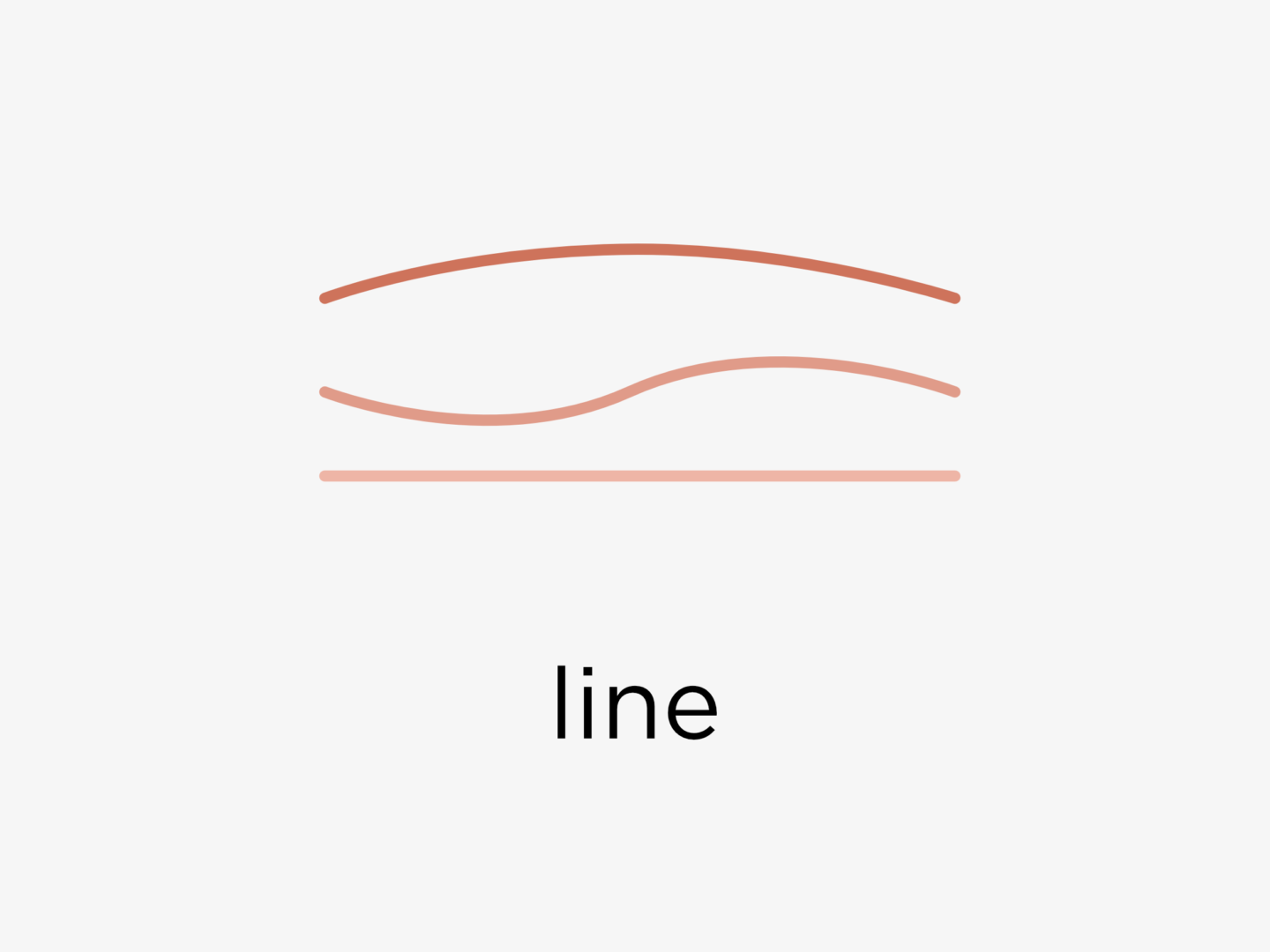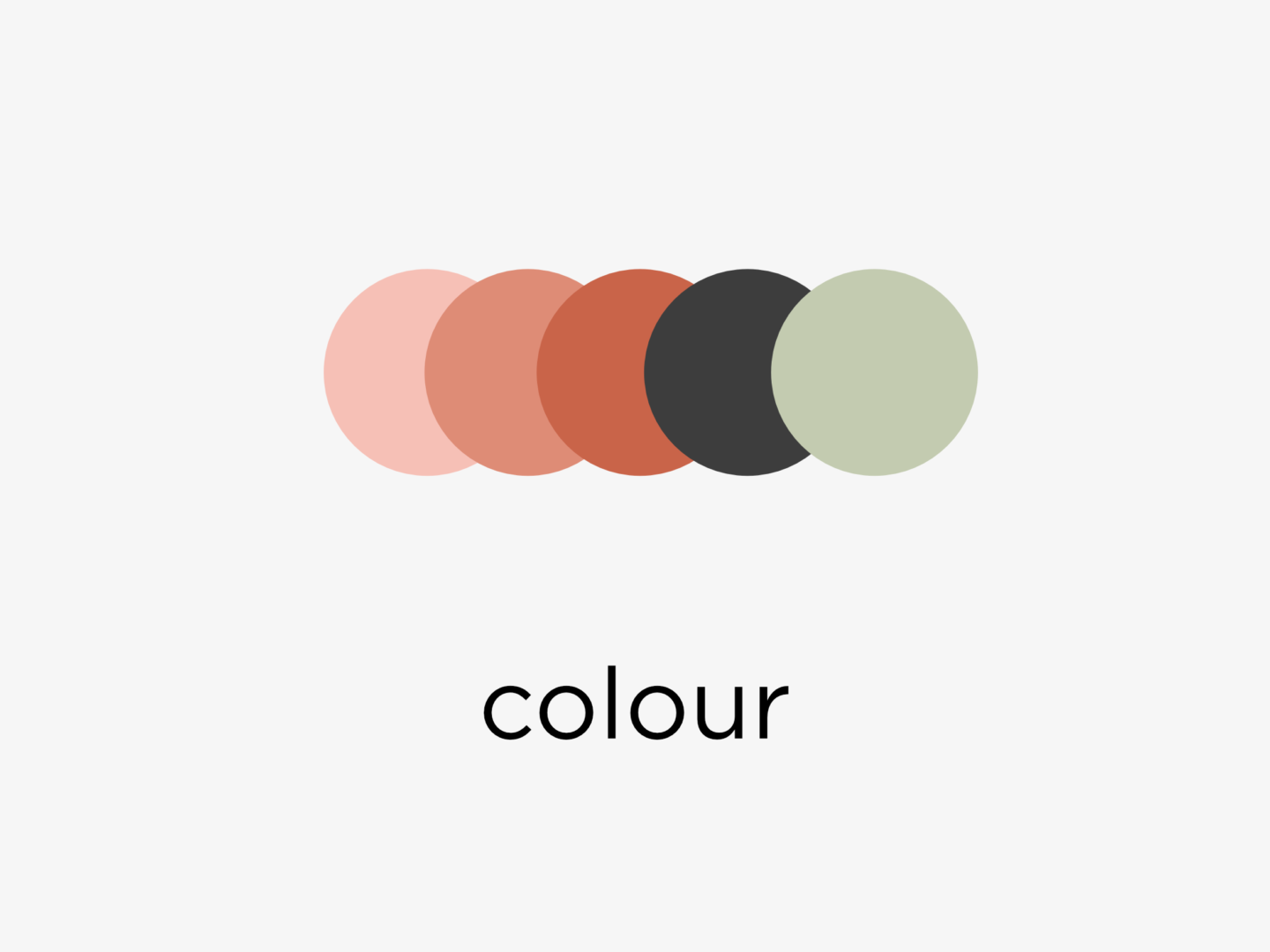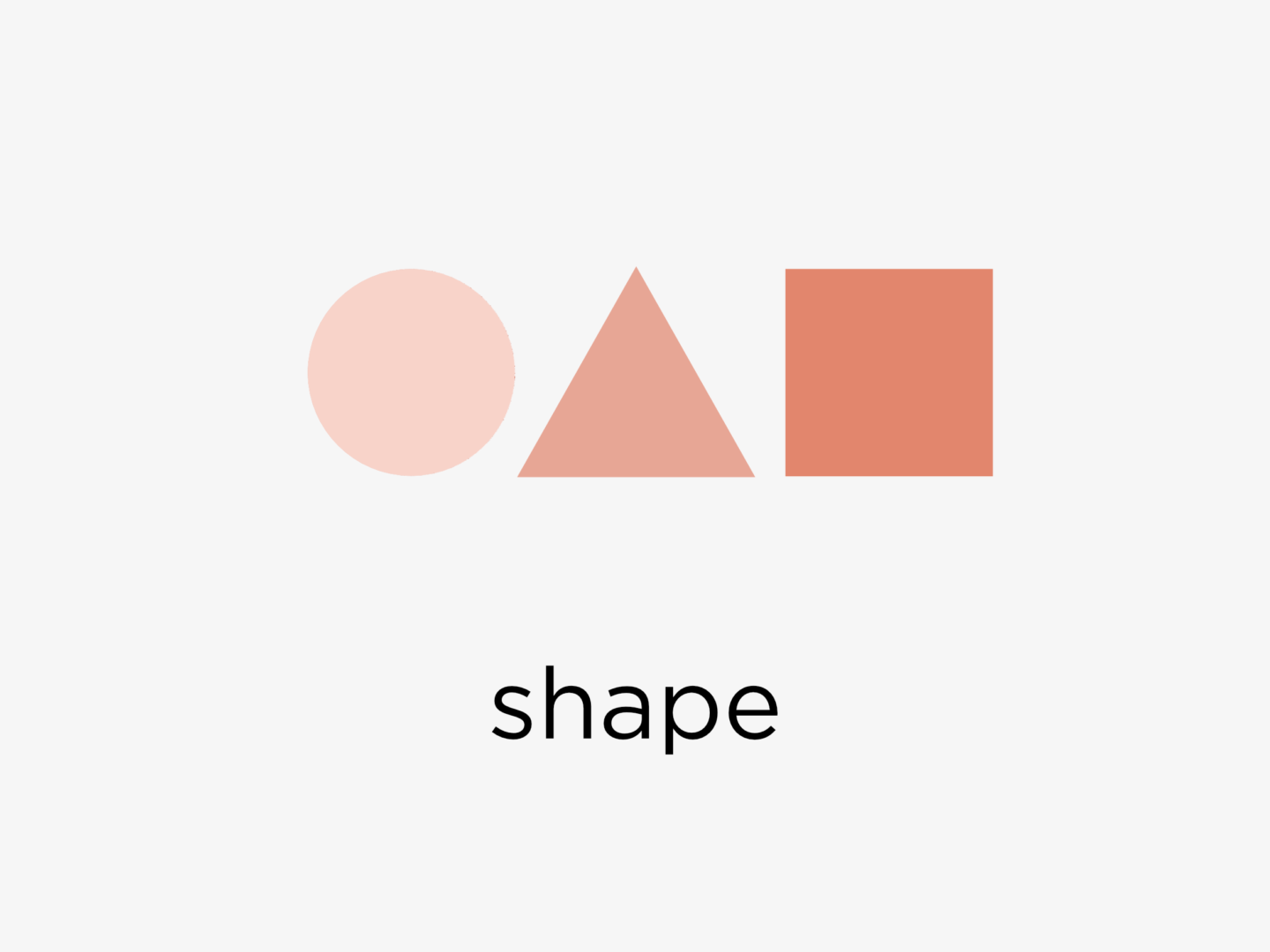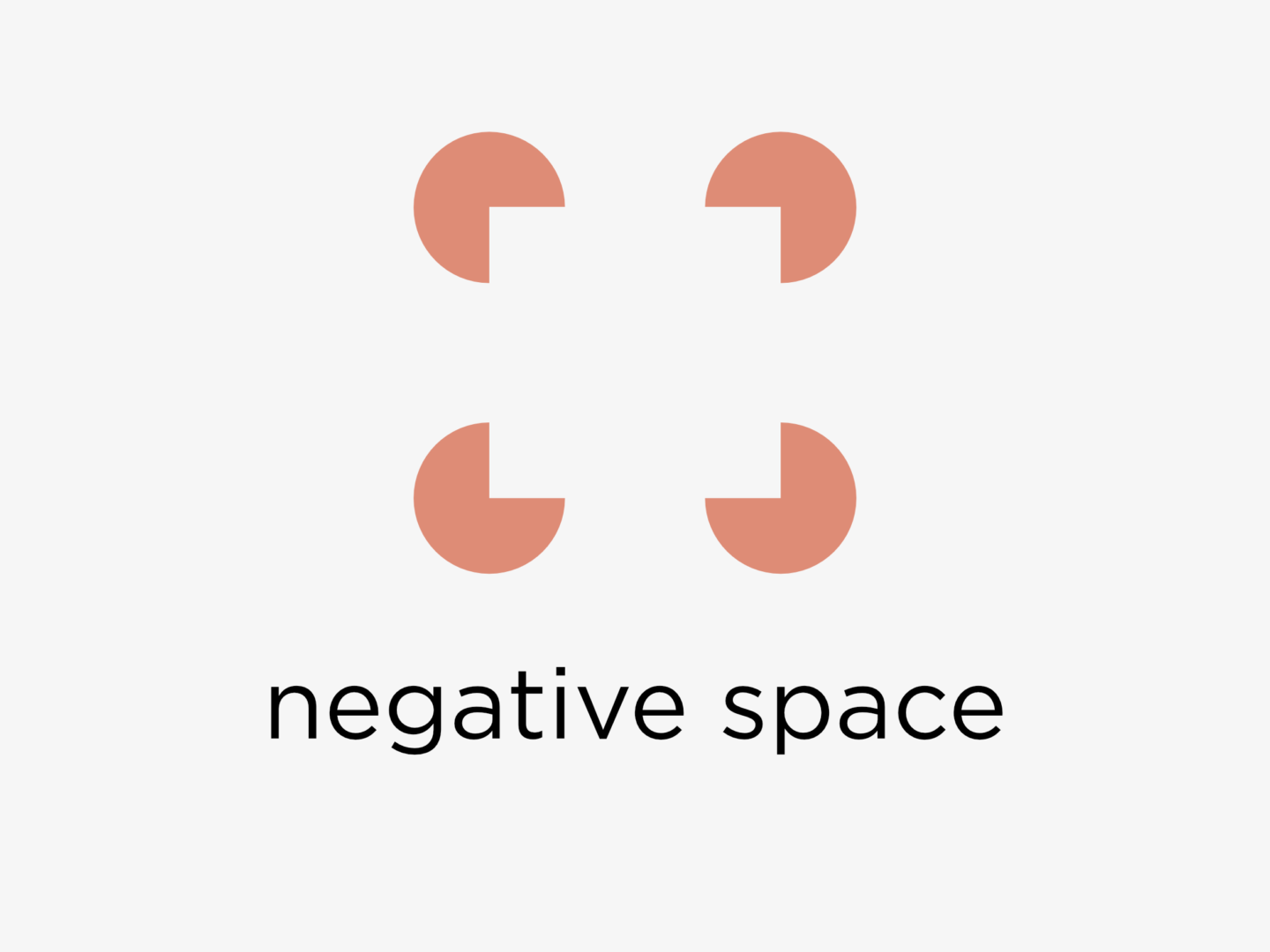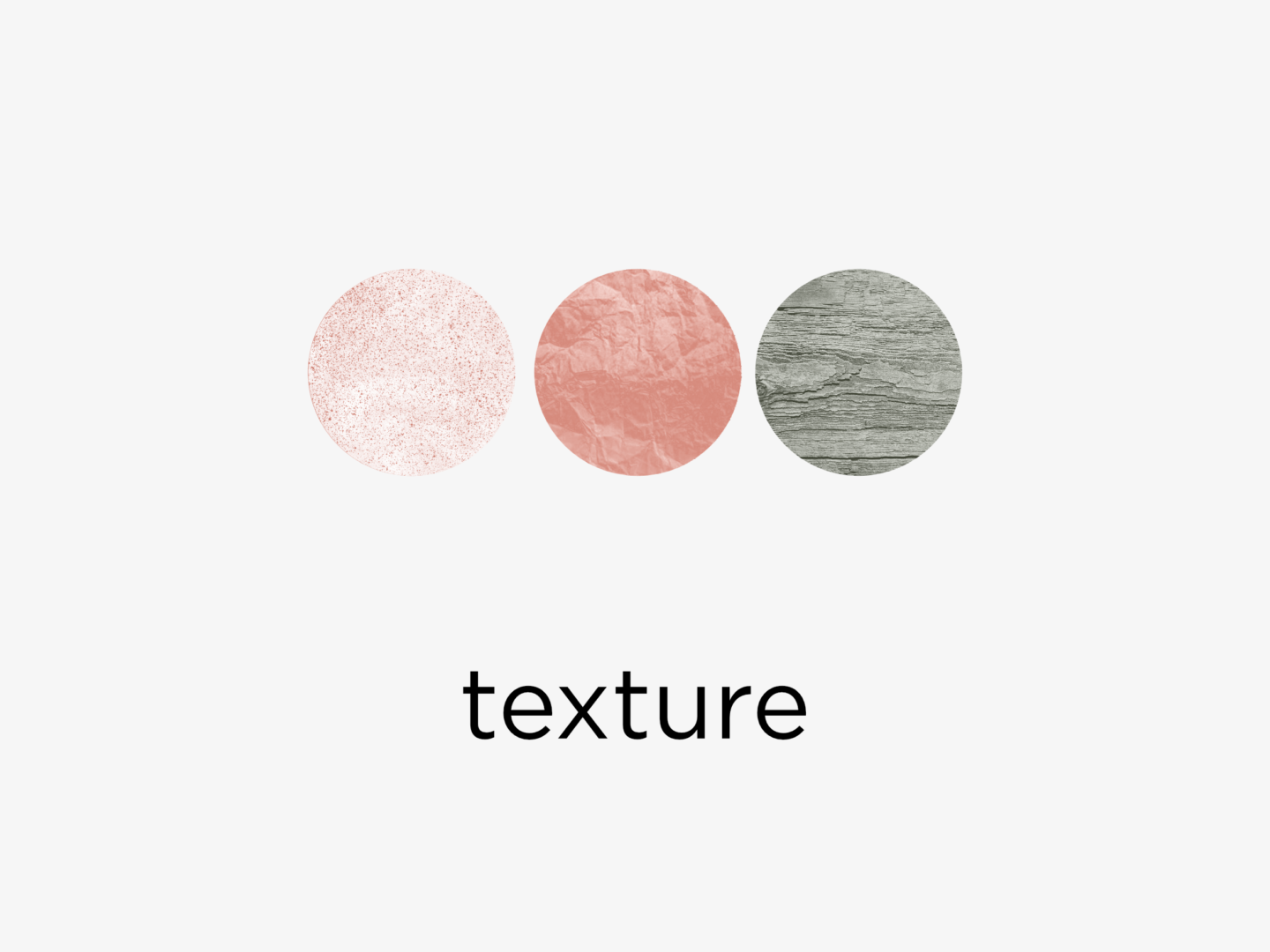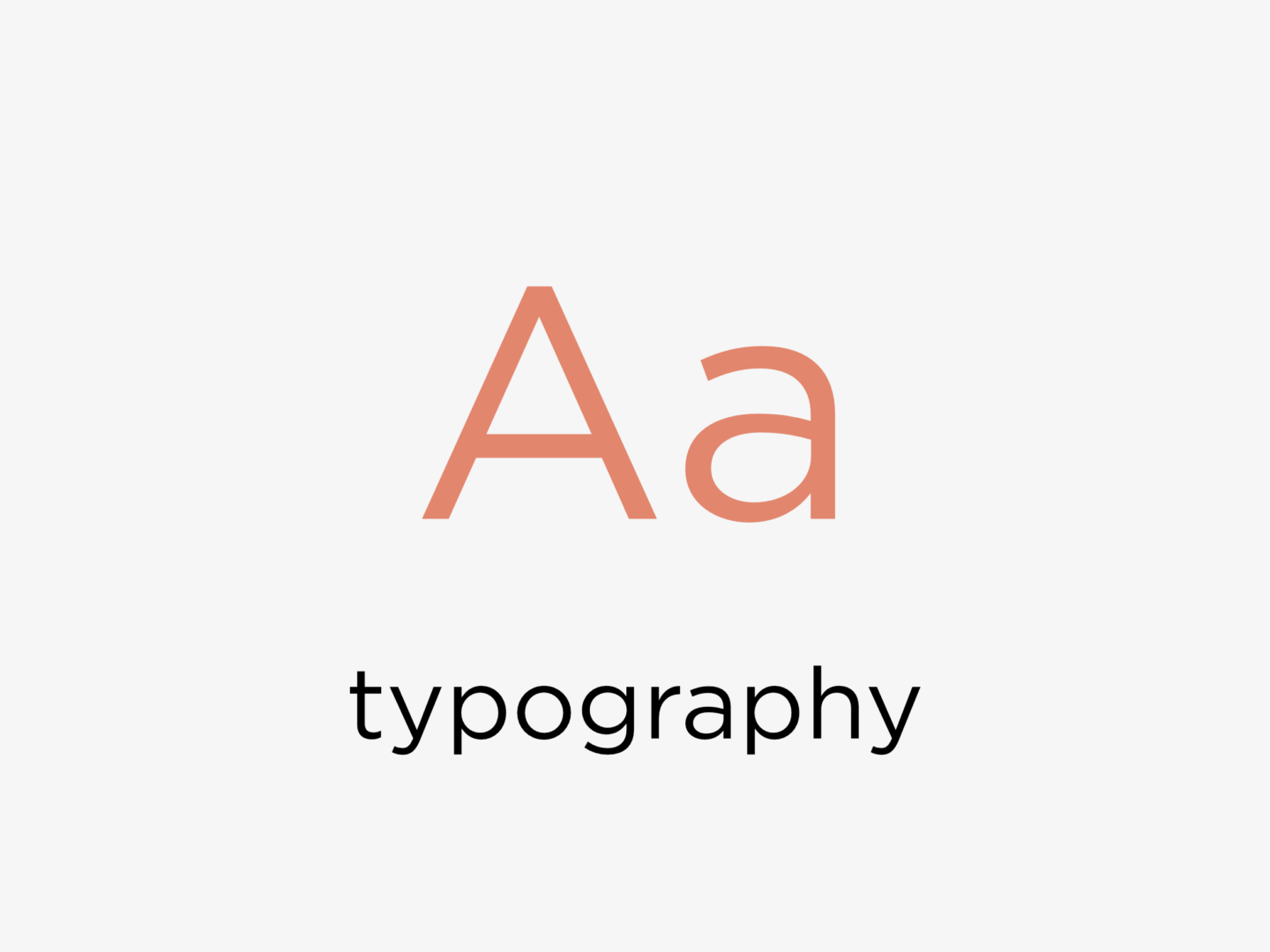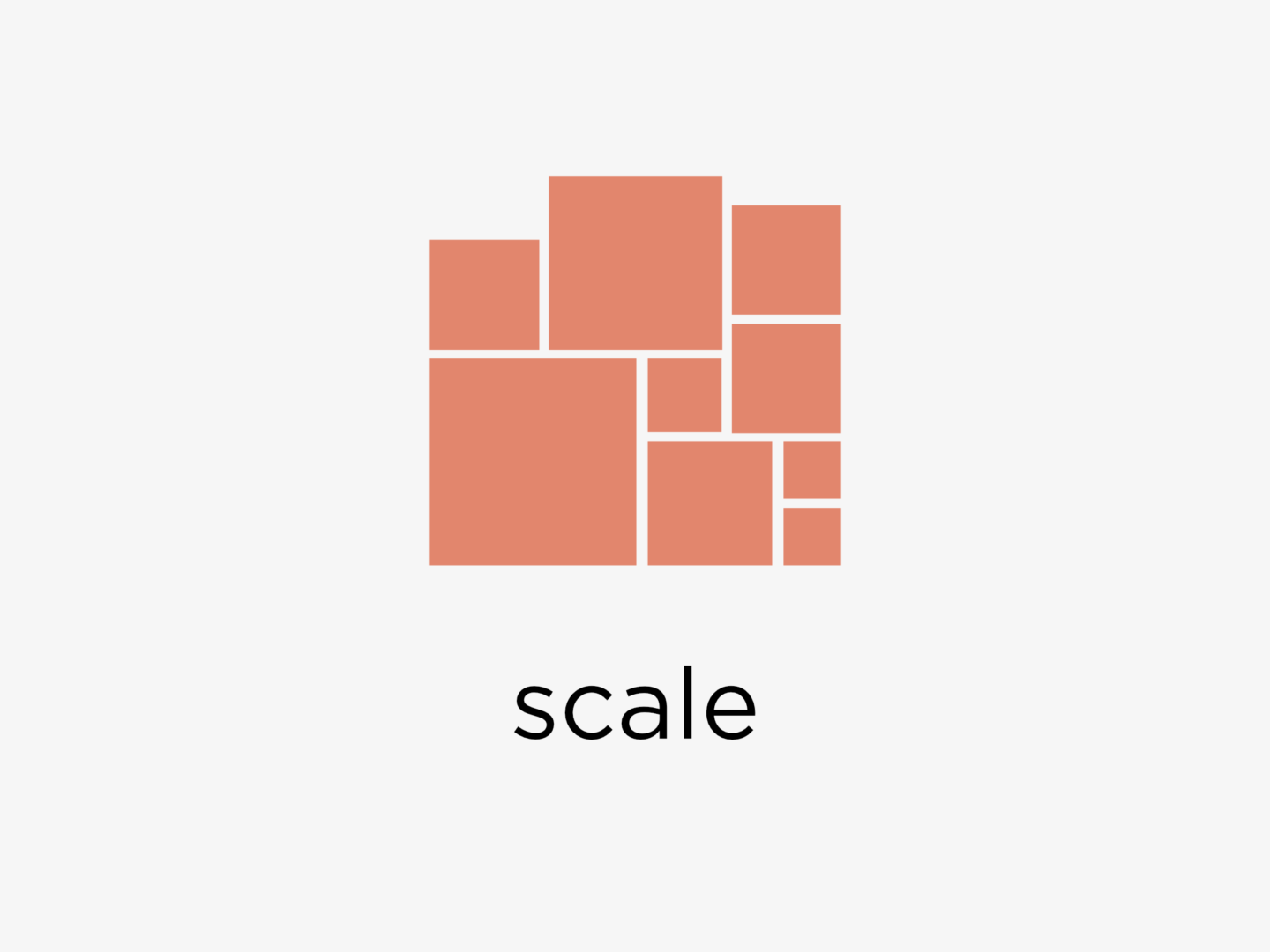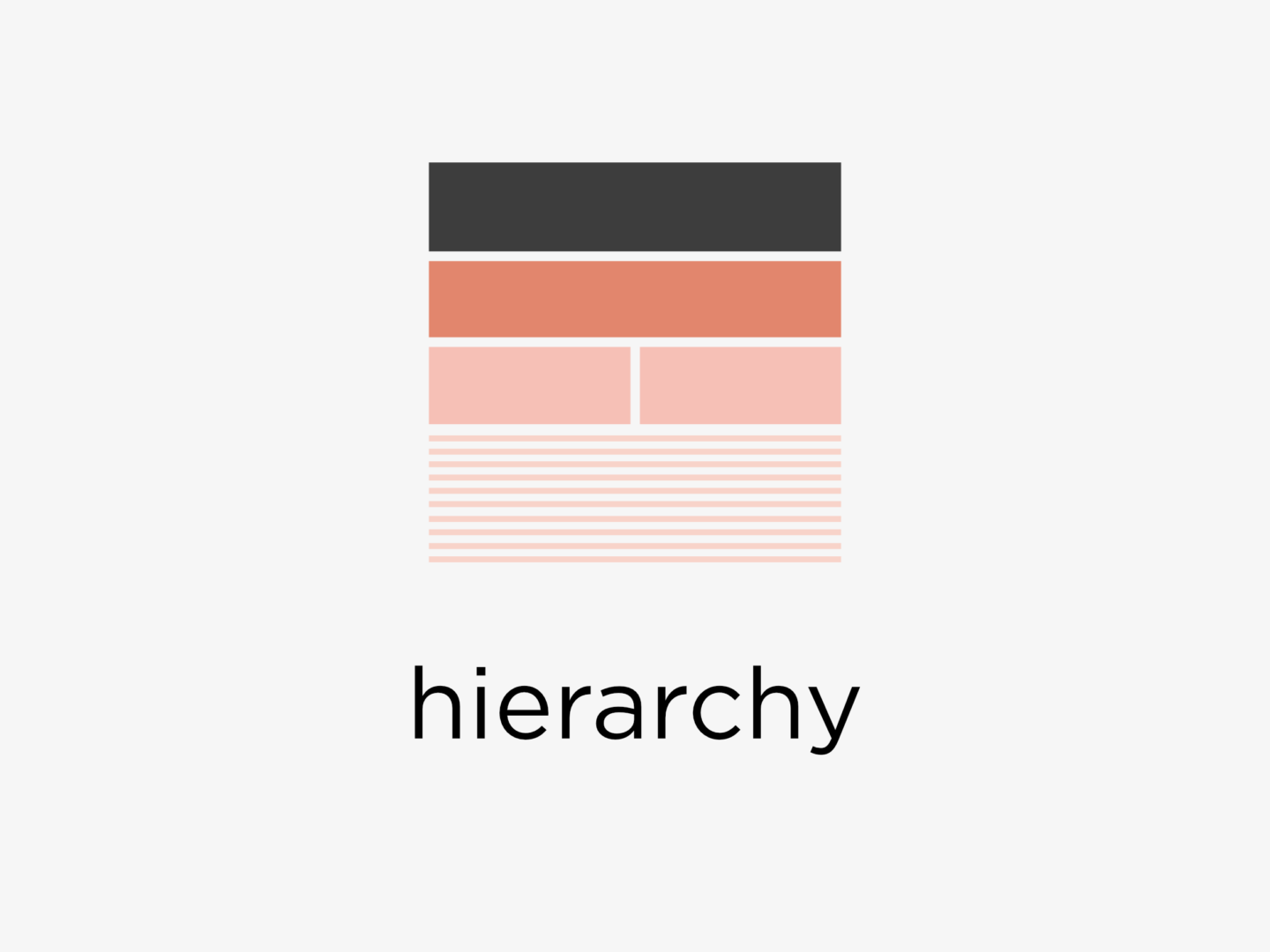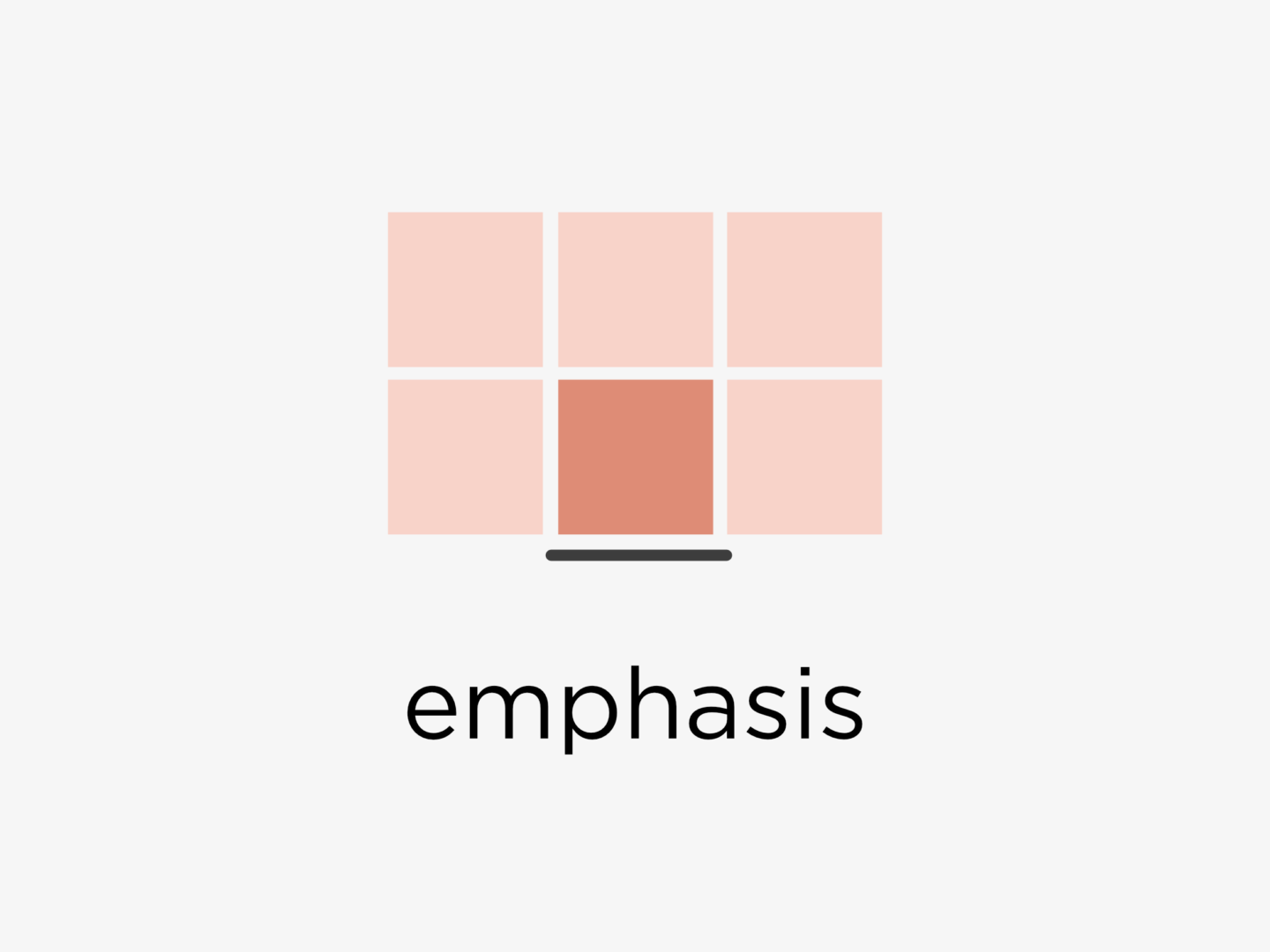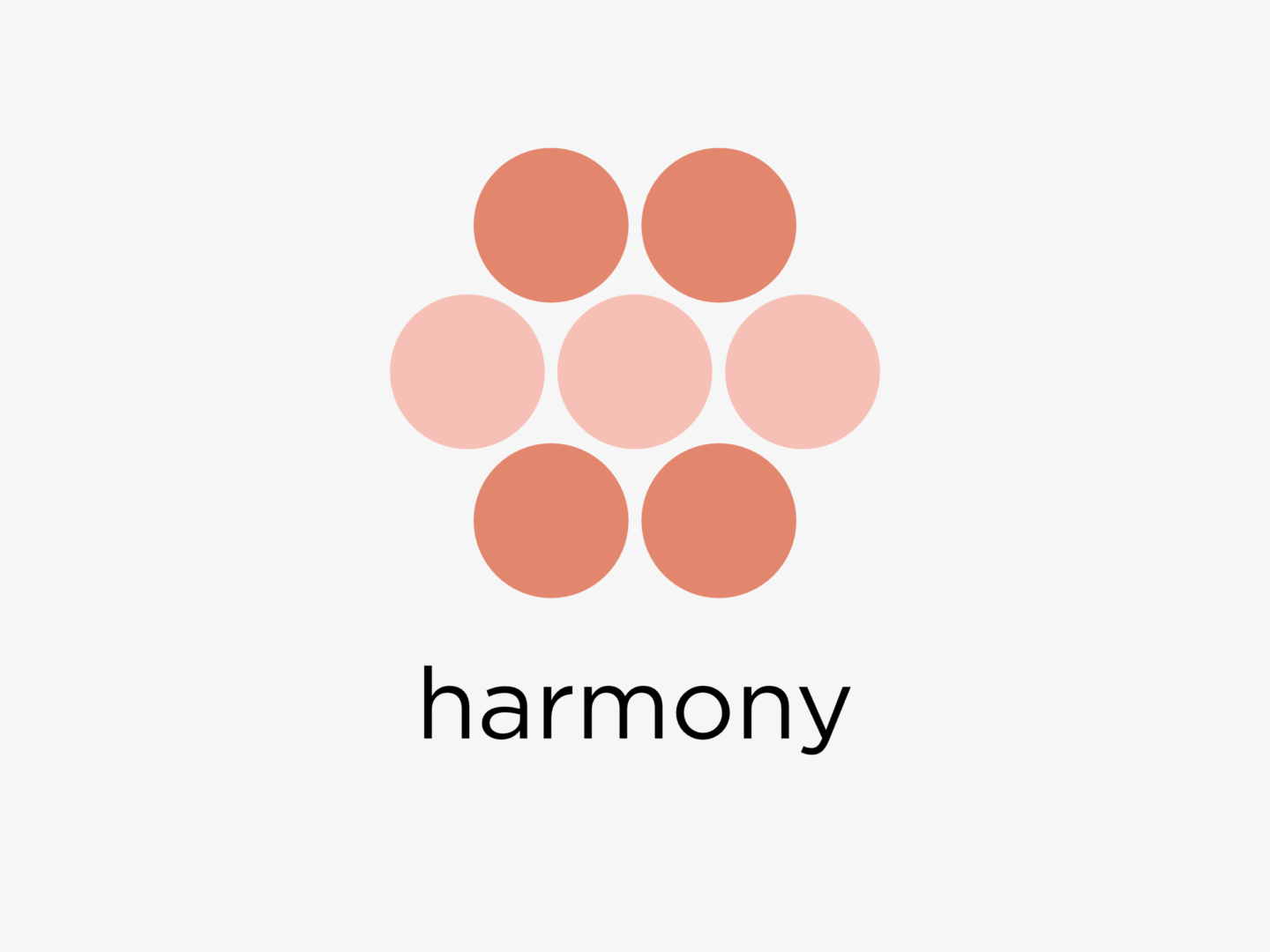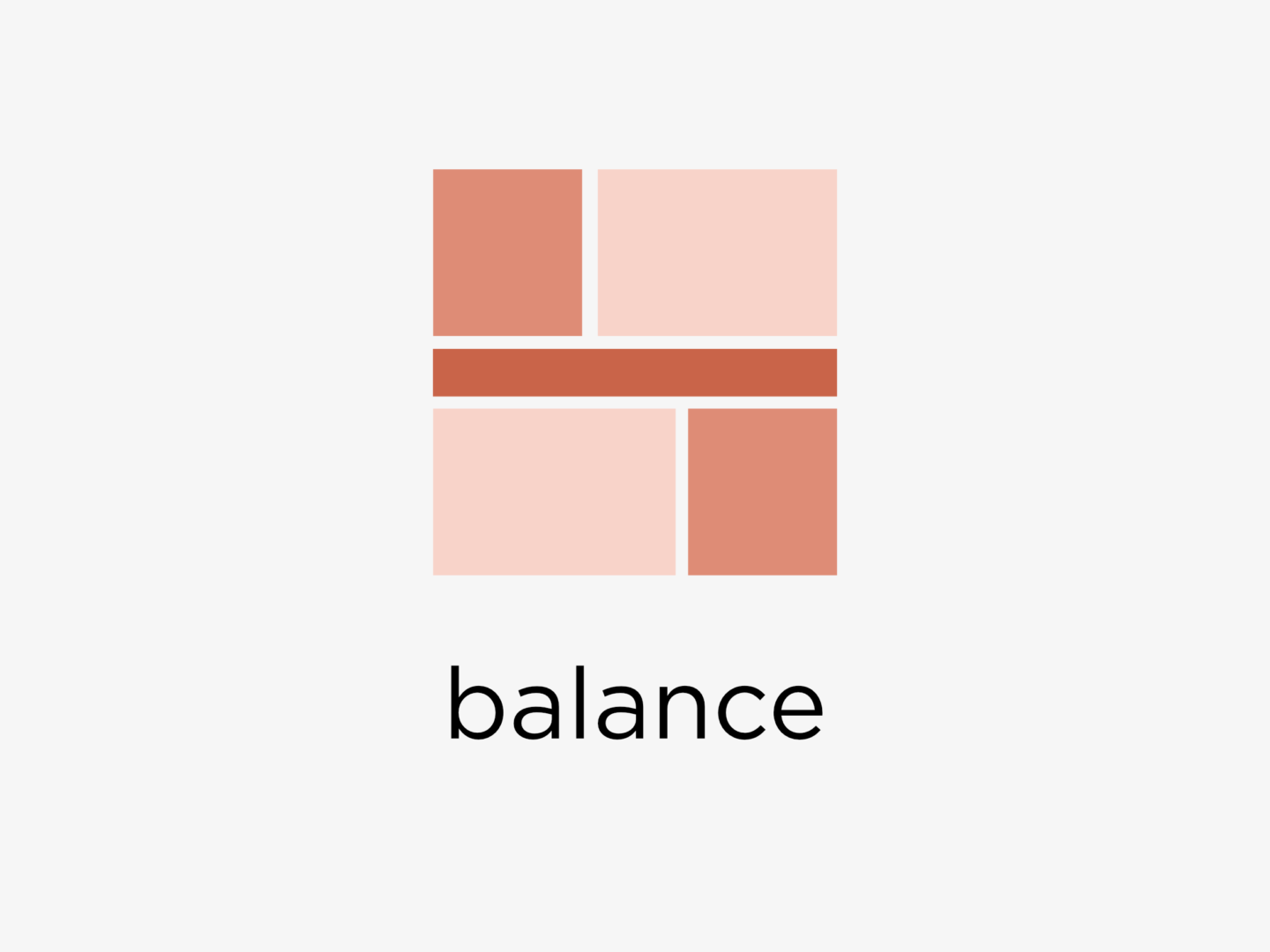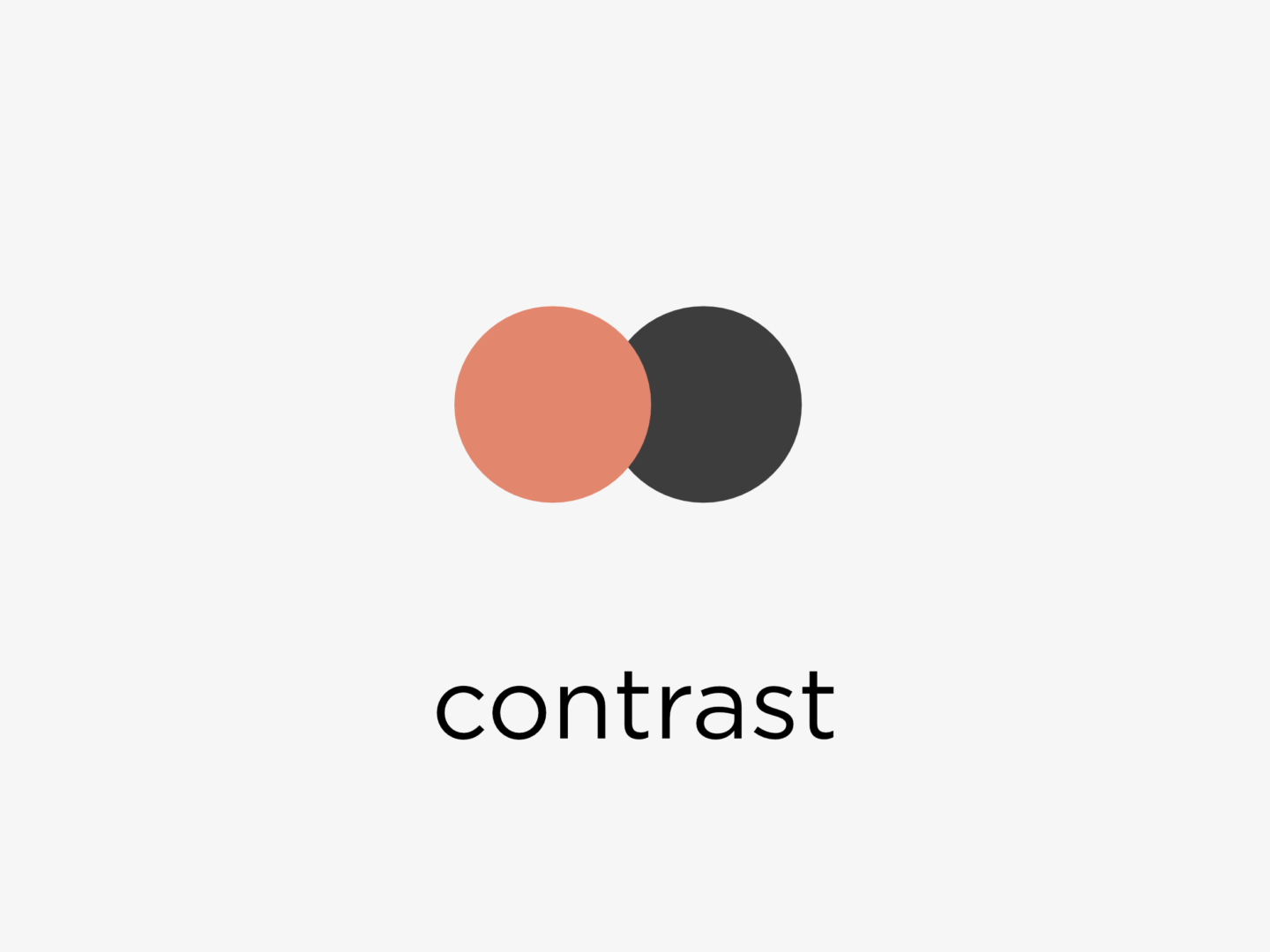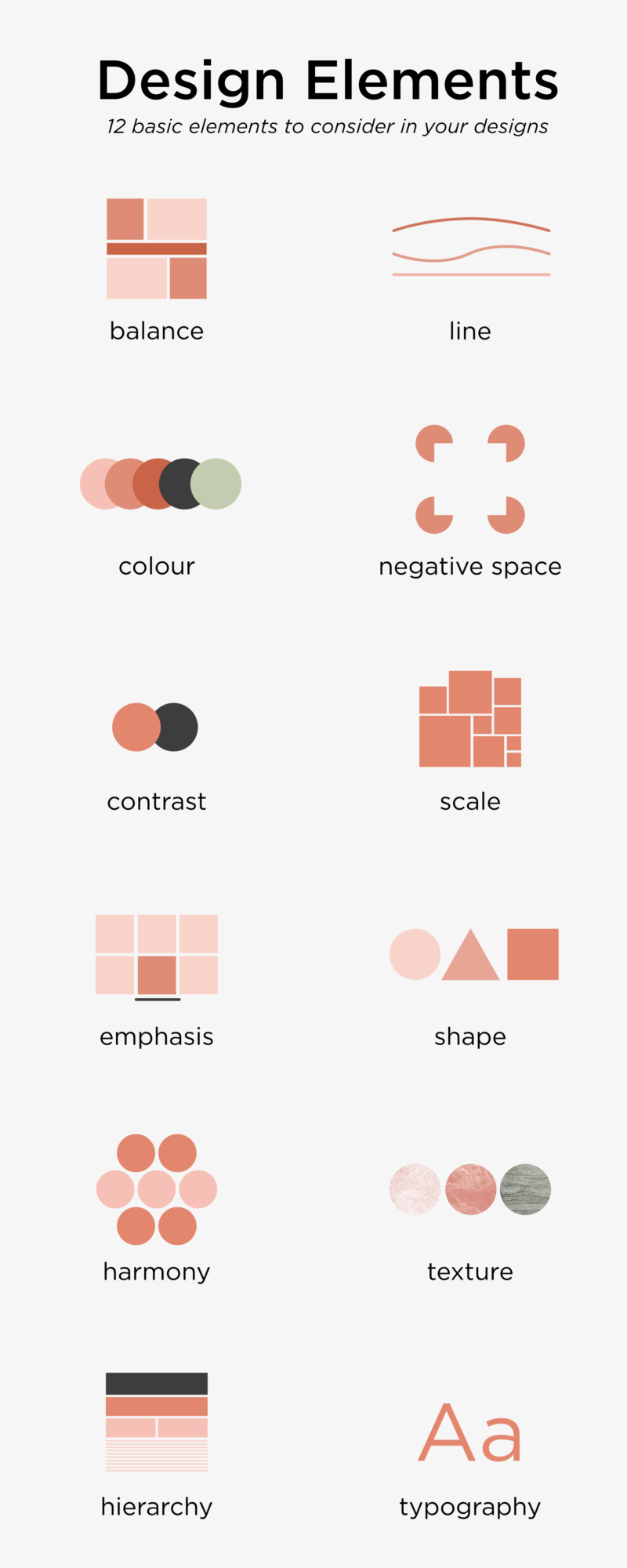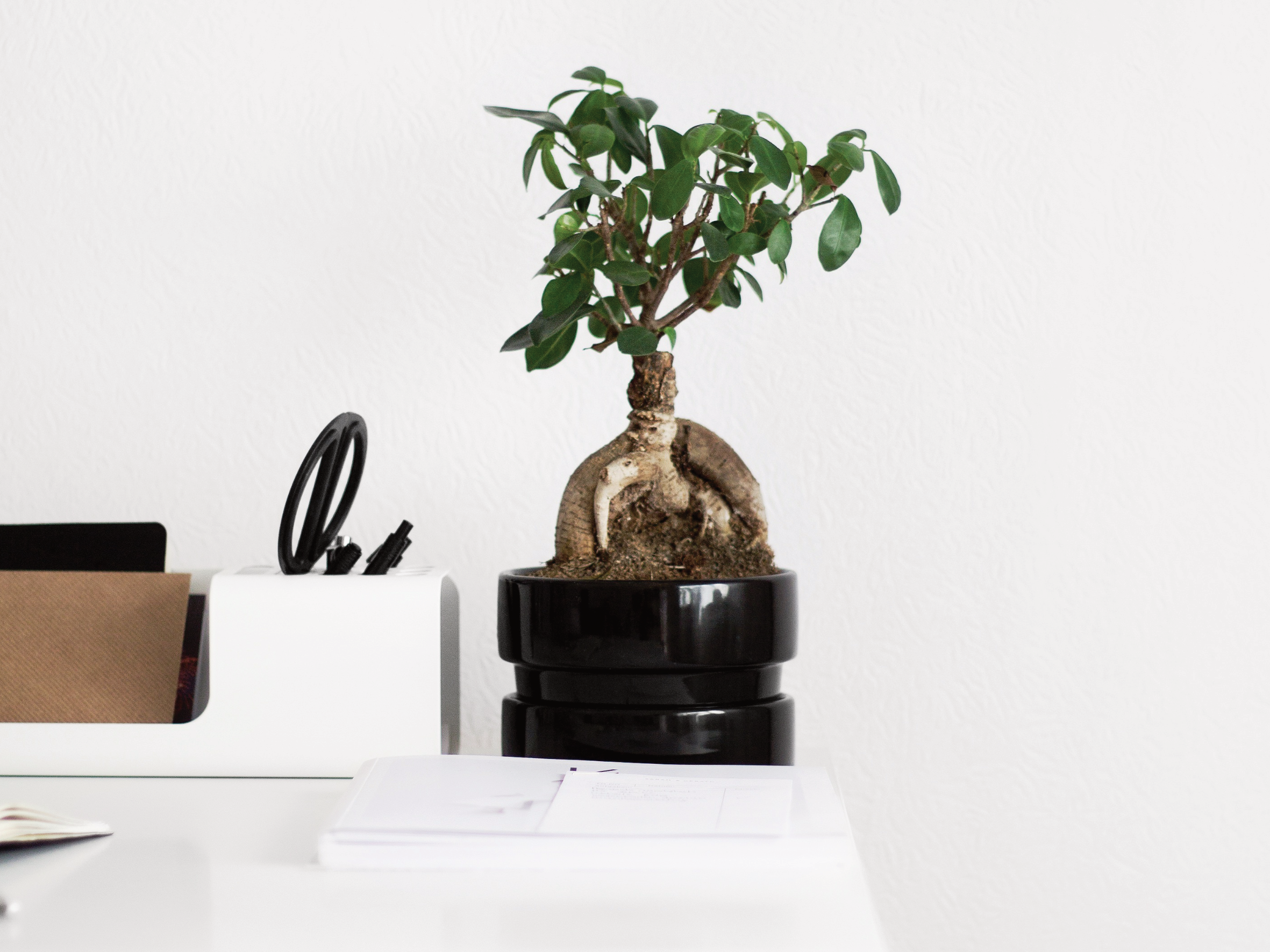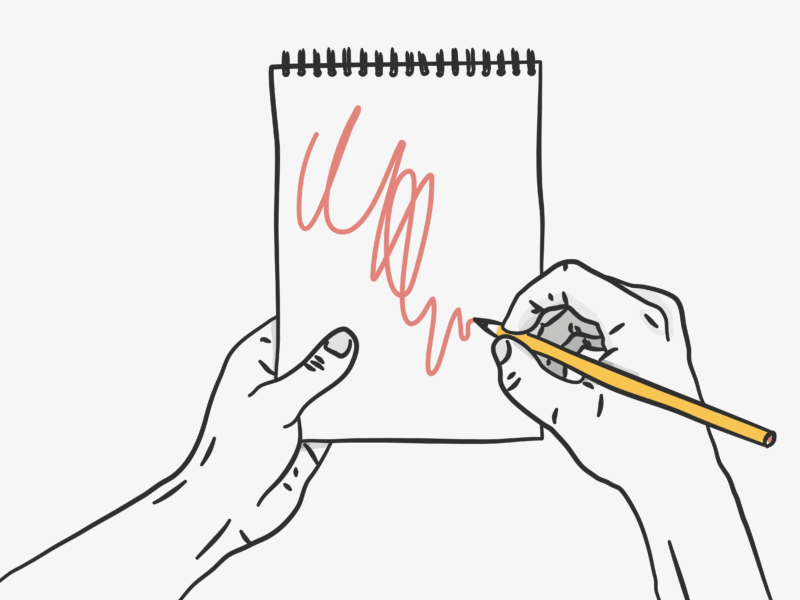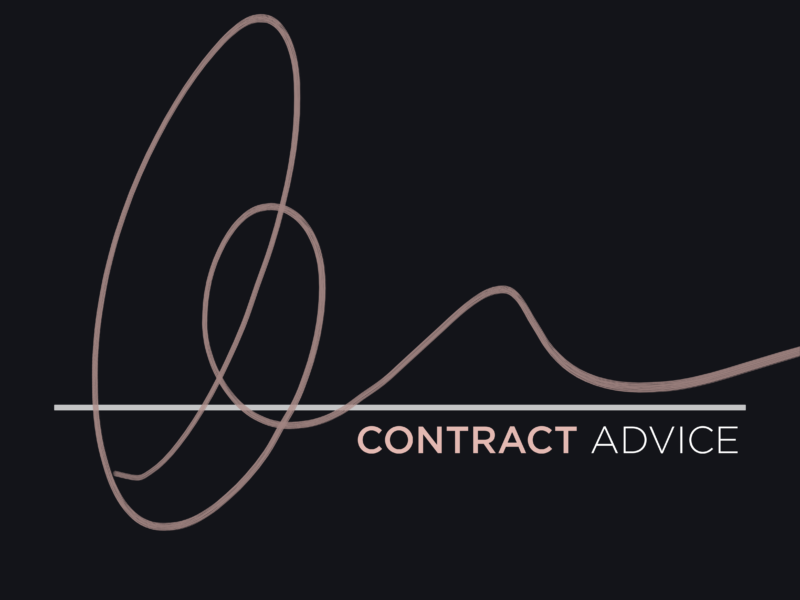Recently I’ve been trying to evaluate where I’m at with my design work and where I want to go. As a part of that, I’ve been working on pinpointing some of the things I could have done better so I don’t make the same mistakes again. Being honest and open about where you’ve gone wrong is key, I think, to getting better and growing as a person and as an artist*. I thought I’d share 5 of those mistakes with you now so that you can avoid them and to hold myself accountable to not making them again.
NOT STARTING SOONER/BEING SCARED
This is the mistake I wanted to share the most because I think it’s the one that other people will benefit from the most. I should have started sooner. I knew I loved design, and I didn’t just jump in. I hesitated and worried and then hesitated some more. Trying to freelance hasn’t been easy, and neither has starting up this blog. But now that I’ve started I wish I’d had the guts to do so earlier. If there’s something you want to do just have a go at it. The worst thing that can happen is that you’re not very good at it – I know that sometimes that is the WORST thing if you’re not very good at failing or if you’ve pinned your dream on something, but if you’re not very good work at it, get better, or combine it with something you are good at.
NOT NETWORKING
I’m an anxious introvert so networking isn’t something I naturally want to do, but it’s definitely something I should have tried harder at. A lot of my work has come from referrals and I could have worked harder to keep those connections branching out by meeting people in person and asking for introductions. I also should have been more proactive in reaching out to people I want to collaborate with. I was really good at reaching out to people for interviews when I was writing on behalf of The Oxford Student, but less so when I wanted to reach out to someone just as myself. I’m starting to do that more now, and honestly, everyone has been so lovely and I don’t know what I was so scared about.
NOT SPEAKING UP
There are some projects I worked on which I know could have been done better if I’d spoken up a bit more about their direction and their execution. While my job was just to design, I should have been better at the start about making everything I worked on the best it could be as a consultant as well as just as a maker.
NOT DEFINING MY “BRAND”
I realise now I should have put even more thought into what I wanted this blog to be, what I wanted it to say and how I wanted it to benefit other people. I’m still in the process of working that out, and I definitely think some of this comes from doing. But I could and should have defined my direction more before I started because it would have helped this site feel more cohesive and helped my channel my ideas more.
NOT TAKING MORE CLASSES
Everything that I can do digitally I taught myself, and I’m quite proud of that fact. But I think I would have benefited from taking more classes and really pushing myself rather than just getting by on what I could work out myself with a minimal amount of googling. I’m not saying I should have gone to design school (although I do sometimes think about it) I think I should have taken better advantage of resources like Skillshare. But it’s never too late, right?
What mistakes are you learning from? What do you wish you could tell your younger self about now that you’re a bit older, a bit wiser, and a bit further ahead?
*super uncomfortable with even kind of referring to myself as an artist


